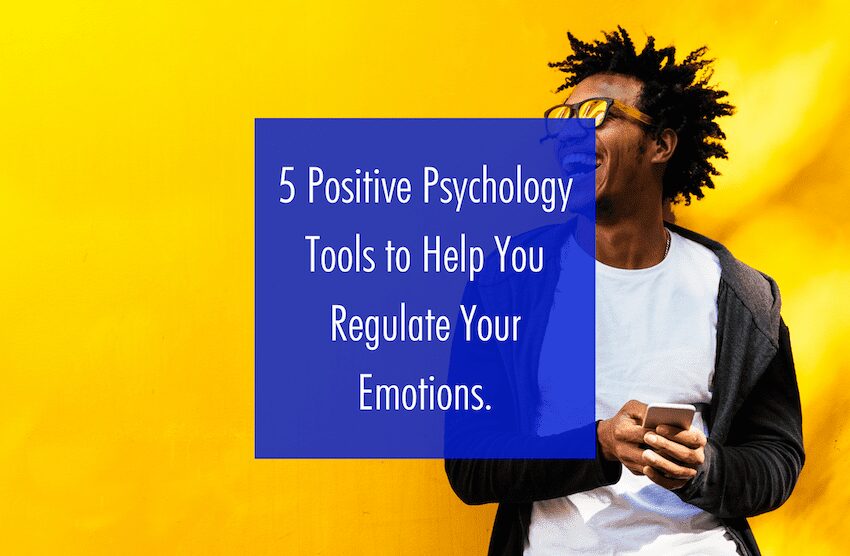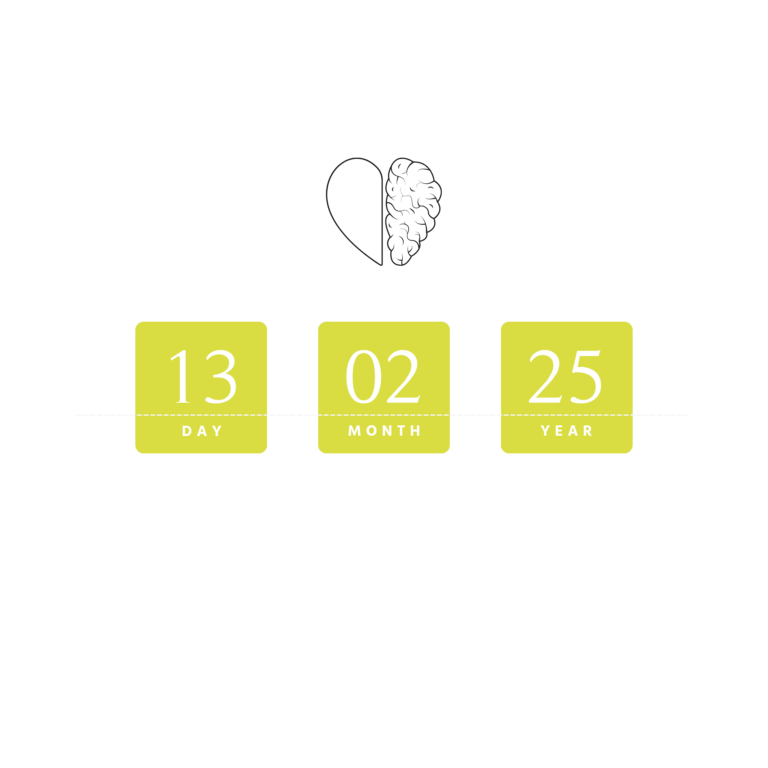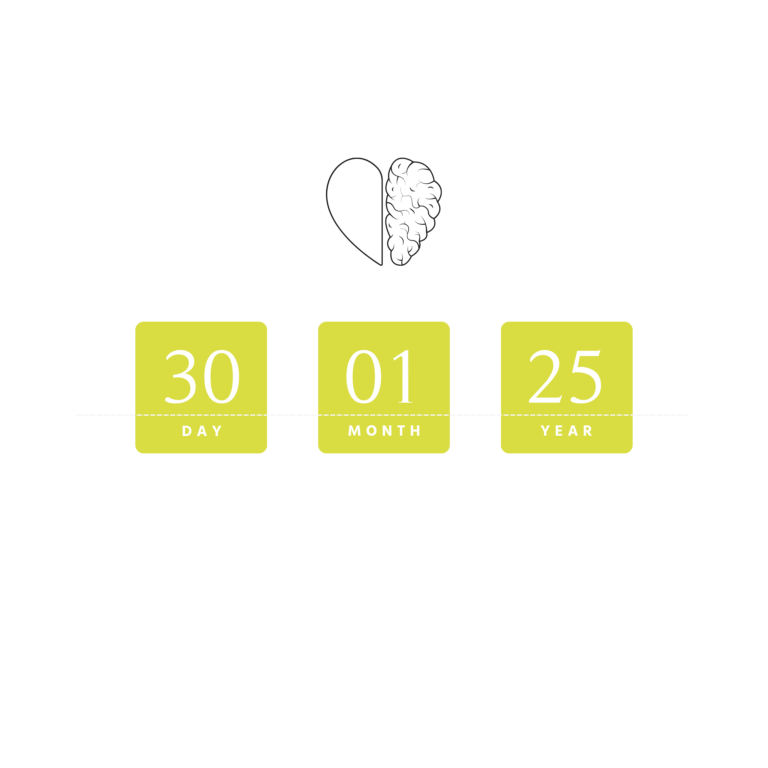This article explores tools for regulating emotions and overcoming negativity bias, such as mindfulness, reframing, countering, and more. Discover how you can easily cultivate a balanced and positive mindset.
Regulating your emotions means understanding your emotions and allowing yourself to feel them. This means that you need to let yourself be mindful of them. Usually, people become aware of their emotions when they are strong, overwhelming, complex, or intense. Then, we solemnly take the time just to feel the “normal” moments: The moments when we are just happily washing dishes while listening to good music, having a great conversation with a friend, driving through the city without any traffic, watching our children simply play in the garden after work, or when your team comes up with solutions with ease. Perhaps even realizing that the person who just cut you off is not enough reason to go down the “angry lane.”
Table of contents
Negativity Bias
These moments happen more often than we want to acknowledge. One common denominator that hinders you from recognizing uplifting emotions equally -and as often as draining ones is the negativity bias. Paul Rozin and Edward B. Royzman were the first to point out this miss shift within our brain. Which simply pays more attention to negative emotions because it’s wired to keep you safe. But here is the thing, there are very few moments in life where we still have to rely on our fight or flight system. A good example is a speeding car coming around the corner, and you manage to jump back on the sidewalk. Or when you smell that something is burning and you realize that you need to leave the building asap.
Research shows that the Amygdala scans the environment for potential danger six times a second – 360 times a minute, 21 600 an hour, and 518 400 times a day (Jeffers, 1987). Thus, a small region in your brain is constantly under the impression that something terrible could happen. While that was undoubtedly one of the reasons we as a human species could survive, it is no longer beneficial in our day-to-day activities.
This is how the negativity bias impacts you subconsciously.
Here is the good news, you can train your brain to shift its focus. You can create new neural pathways that will allow you, over time to be more positive. Research suggests that you can make a new you and a new way of thinking through brain plasticity. Even better news, it doesn’t matter how old you are. On the contrary, your mindset can reverse your age, as shown in a fascinating study by Ellen Langer (Langer, 2009).
Our emotions generally guide our thoughts and what we focus on. It becomes impossible to regulate emotions without understanding what we feel, why we think it, and how it impacts us. More so, it makes it impossible to use them in a way that helps you to create a life based on your terms. It also hinders you from being an authentic self and, with that, from being an authentic leader.
Regulating Emotions
It all starts with becoming aware of your feelings and how different emotions impact you. There is no absolute universal experience of emotions; therefore, you need to develop your unique way of expressing yourself and giving yourself space to learn the broad spectrum of emotions. Emotions rarely come in singular, and they can’t be simply placed into categories such as positive and negative. Instead, you can think of them the same as stress. Some types and intensity can be good for you.
These are my favorite tools to help you regulate your emotions:
1. Practicing mindfulness

Please bear with me on this one. I know that mindfulness as a term has been widely overused and often misrepresented. Mindfulness means to be aware of your thoughts, feelings, and sensations. It helps you develop interoception and to get to know yourself inside and outside.
For example, that stomach ache that you experienced before speaking with your supervisor does not mean that you are not good at your job, or does it mean that you should have a serious conversation with HR? That lightheadedness when you have to present the quarterly report – are your investors having unrealistic expectations, or are you having high standards and pressuring yourself? The rash you get before speaking on a stage: is it because you are not well prepared or simply because you don’t enjoy speaking in front of people? Becoming mindful means observing what is happening without judgment – it allows you to reconnect with your emotions and start understanding them as a compass instead of a nuisance.
2. Reframing
Find the other side of every emotion. Are you afraid of taking the next step? How about you change the internal dialog from “I am afraid” to “I am experiencing fear,”; which means you are about to break a boundary. Or, instead of allowing anger to overtake you, you become curious about it and ask yourself which boundary was crossed or which values weren’t respected by someone else. Understand that there is nothing wrong with you for experiencing those emotions and that they can become overwhelming at times. The sooner you let go of the idea that emotions are part of your identity, the sooner you can start observing them as waves of energy that move through you. Try to reframe each negative idea with a positive one.
3. Countering
For every negative comment, remark, feedback, or thought, come up with at least three positive ones. You need to tackle your negativity bias with the positivity ratio :-). Remember, you don’t necessarily see the world realistically. It is more likely that you see it through tinted glasses. And I don’t mean pink ones. It takes three positive comments to level out one negative one. And if you want to ensure that you and your team can thrive, you need to change the ratio to 5:1.
4. Crying
It makes people uncomfortable. However, research shows that crying releases oxytocin and endogenous opioids, also known as endorphins. These feel-good chemicals help ease both physical and emotional pain. Crying, therefore, helps you to balance out your emotions. Stop being ashamed of yourself when you need to cry. It is not a weakness but rather a strength because it shows that you are connected to your body and know when you need a break to let it all out.
5. Posture
Find a pose that makes you feel good and strong. This could be the hero or super-woman posture, which pushes testosterone and makes you feel strong and confident. Another one, commonly known as baby posture, makes you feel safe and calm. These are just a few examples of scientifically proven postures that help us regulate our hormones and how we experience the world in the moment.
Some of these tools might seem too simple to be effective. But remember, simplicity is often the key to success.
If you would like to learn more about how we can work together, please feel free to schedule a get-to-know-each-other session.
or subscribe to my newsletter.












